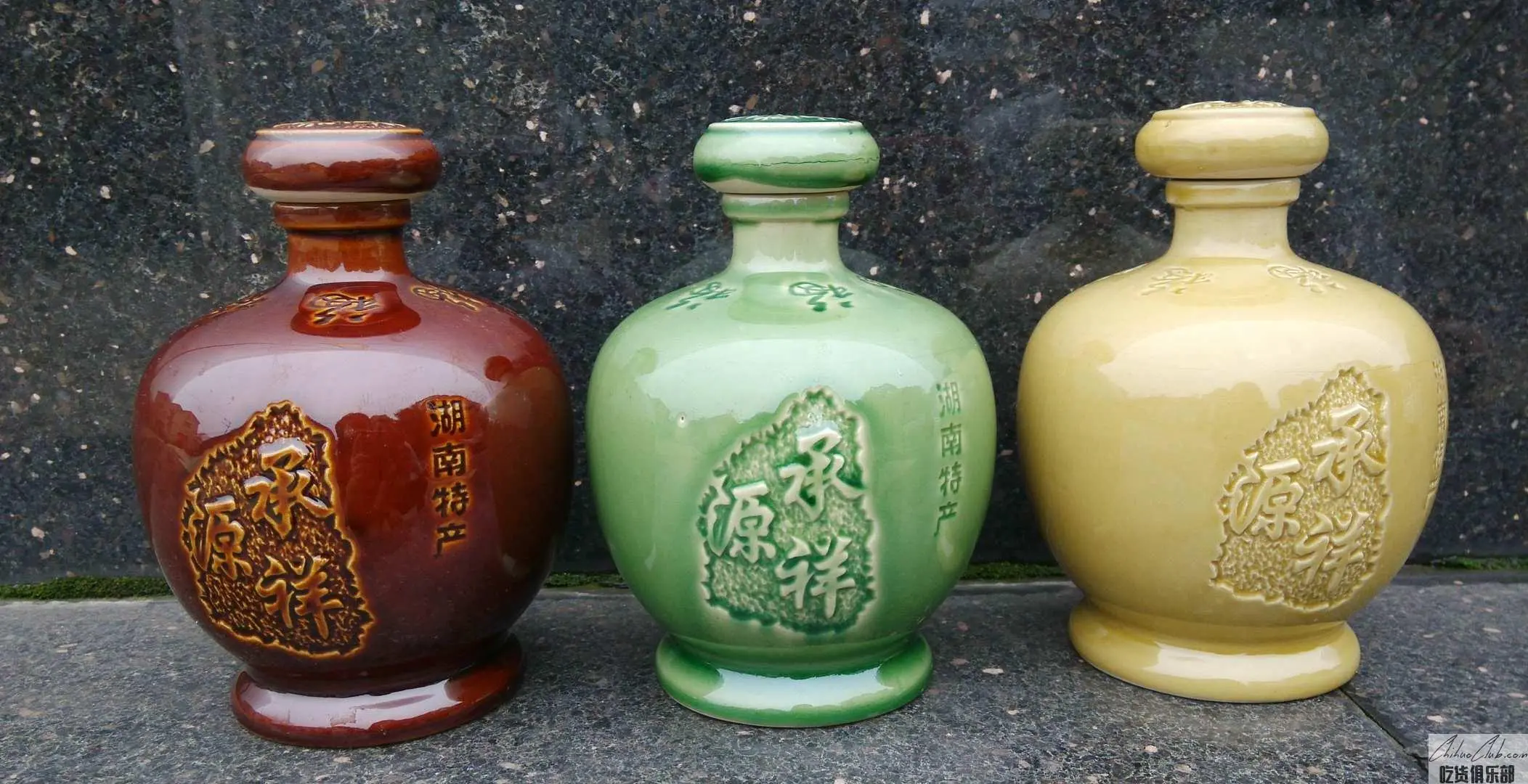
Tongguan Ceramics
-
Update date::
-
Date of protection::
-
Protected range:The production area of Tongguan Ceramics is Gaoling Community, Tongguan Street Community, Tonguan Community, Yuanjiahu Community, Hongjiazhou Community, Wanxing Village, Huashi Village, Huacheng Village, Taifeng Village, Guo Liang, Tongguan Town, Wangcheng County, Hunan Province. The village has 10 natural villages and communities with administrative areas.
-
Related origin:
-
Category:
The copper official ceramic carcass is solid and not thick, beautiful and not greasy, simple and elegant, exquisite and fashionable, never faded, the glaze is like a beautiful jade, the color is like a blossoming pink, elegant and elegant, and the world is unique. Its colorful underglaze and high-temperature copper red are accidental and inevitable fusions. It is the tacit understanding between manpower and nature, and is the world's first.
Technical requirements for quality of Tongguan ceramics 1. Raw material requirements 1. Raw materials for billet: Raw materials for raw materials must be mined from the production area of Tongguan Town, Wangcheng District, Changsha City, Hunan Province. 2. 3. Physical properties of raw materials for billet: (1) Material soil: The material is generally mined below the surface of the ground for 30 meters. The soft mud has fine texture and is in the form of a block. The surface is grayish white and light cyan. The magma sheet is visible to the naked eye. The rate is 20% to 23%, and the viscosity is good. There is a strong sense of slip after handcuffs. (2) Worm-like red clay: The raw material is generally mined on the surface of the ground at a depth of about 10 meters. The surface is brownish red and scattered. The ore content generally ranges from 12% to 15%. After handcuffs, it can form a mud mass. (3) Dry soil: The raw material is generally mined below 20 meters on the ground surface, the surface is gray or pink, the ore is relatively evacuated, the original ore generally has a moisture content of 15% to 18%, good viscosity, and slippery after handcuffs. (4) Chemical composition of the blank: Table 2 Chemical composition range of the blank SiO2 (%) AI2O3 (%) Fe2O3 + TiO2 (%) CaO + MgO (%) K2O + Na2OI.L (%) 687018 ~ 200.4 ~ 0.6 ≥ 2 ≥ 3.55~8(5) glaze chemical composition: Table 3 glaze chemical composition range SiO2 (%) AI2O3 (%) Fe2O3 + TiO2 (%) CaO (%) MgO (%) K2O + Na2O (%) IL (%) 68~729~12≤0.32~50.2~15~72~4 II, process flow and production points 1. Process: Blank configuration - ball milling - sieving, iron removal - filter mud - practice mud - molding - drying - blanking - glazing - firing - color baking - picking - finished glaze configuration - ball milling - iron removal - glaze mud modulation - Grouting - Drying 2. Production points: (1) Pulping: requires mud fineness to be 200 mesh sieve; (2) Billet: daily-use ceramics are rolled and grouted, art ceramics are hand-drawn; (3) painted: adopted Underglaze color or complex color process; (4) Glaze: mainly by hand pouring, irrigation, swaying, spraying, after the burning, the appearance of flower glaze; (5) firing: process ceramic firing temperature is between 1230 ° C and 1250 ° C The daily firing temperature of the ceramic is between 1250 ° C and 1270 ° C, and the oxidizing flame atmosphere is maintained. Third, the quality characteristics 1. Sensory features: (1) Daily-use ceramics: The tires are beige, hard and dense, resistant to external impact and not easily broken. Because of the use of calcium glaze, the glaze is bright, and at the same time, the underglaze can be used simultaneously on the same product. It is decorated with complex colors and rich in color. In addition, its products have regular shapes and shaped shapes. (2) Process ceramics: The fetus is generally yellowish light red or light cyan, which is denser. The decoration is covered with two to three kinds of glazes on the same product. The glazed surface is bright and has a natural flu shape. Flower glaze). 2. (2) The main technical requirements of daily-use products are as follows: 1 glazed Vickers microhardness: The glazed Vickers microhardness of the product should not be less than 6.0GPa. 2 Impact strength: The impact strength of the product center should not be less than 1.5J/cm2. 3 microwave oven adaptability: When the product indicates the suitability of the microwave oven, according to the test method stipulated by the national standard, one cycle does not crack and no arc occurs. 4 Water absorption rate: The water absorption rate should be no more than 1.0%. 5 Resistance to thermal shock: The tableware is represented by a medium-sized plate and a bowl. The tea and coffee are represented by cups and cups. The heat exchange at 20 °C in 180 °C is not cracked once. Large, special and non-packaged or heterosexual products are heat-exchanged at 20 ° C in water at 160 ° C without cracking. 3. Safety and other quality technical requirements: Product safety and other quality technical requirements must comply with relevant national regulations.
Apply to:
Producers within the scope of the production of Tongguan Ceramics may apply to the Quality and Technical Supervision Bureau of Wangcheng County, Hunan Province for the use of the “Special Mark for Geographical Indication Products”, which shall be reviewed by the Hunan Provincial Bureau of Quality and Technical Supervision and reported to the AQSIQ for approval. . The statutory testing agency of Tongguan Ceramics is designated by the Hunan Provincial Bureau of Quality and Technical Supervision.